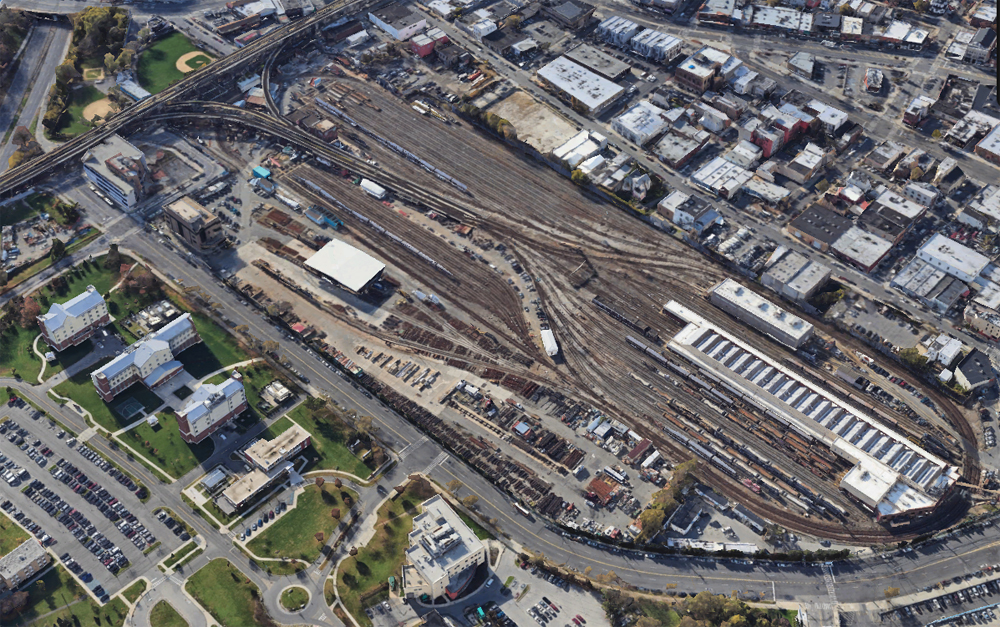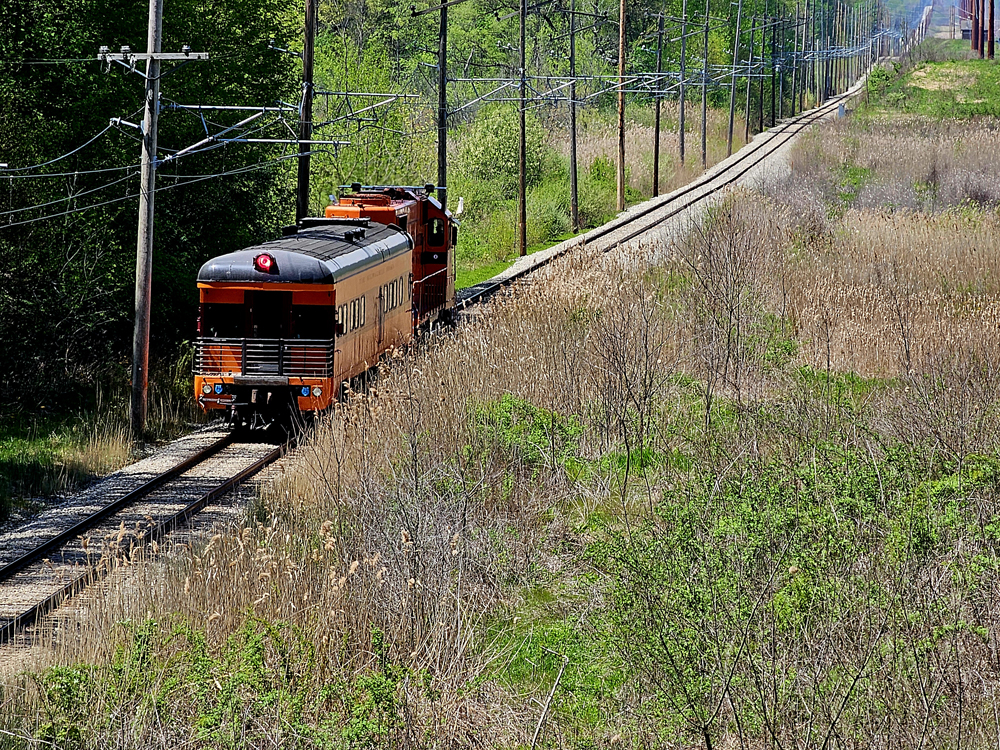
NEW YORK — The Metropolitan Transportation Authority has received a $33.2 million federal grant to help aid resiliency efforts at the Westchester Train Yard, the primary facility for the No. 6 line, the busiest line in the New York City Transit subway system in 2023.
The facility in the Bronx is the home for all 49 trains on the 6 line, which carried approximately 140 passengers last year, more than the Long Island Rail Road and Metro-North Railroad combined. Its low-lying location makes it vulnerable to flooding.
“When Westchester Yard receives heavy rainfall, it floods and disrupts service for over 500,000 daily riders [on weekdays] who rely on the 6 line to get them to work or school,” MTA CEO Janno Lieber said in a press release. “This grant will allow us to implement flood control systems to keep trains moving.”
The grant comes to the MTA from the Federal Highway Administration through its Promoting Resilient Operations for Transformative, Efficient, and Cost-saving Transportation, or PROTECT, discretionary grant program. It will support installation of a complete stormwater drainage system, U.S. Sens. Charles Schumer and Kirsten Gillibrand said.














I can second the motion of riding the 6 when it seemed 140 per car. And it is obvious when there is a stretch of rehabbed track and the motorman/woman does yeeha!
I’ve been on the 6 times when it seemed like there were 140 passengers in one car at the same time.
Regarding the number of passengers carried — the press release that there is a link to says “carrying approximately 140 million riders for the year.” But, then too, the press release was updated after it was first posted.
Am I correct that the 140 passengers mentioned in the article is actually 140 million?
I would think Steve that you are 100% correct. I also noticed that. Got to love the proof reading.
The No. 6 train is one of the routes on the vastly overloaded Lexington Avenue subway, through Harlem and into Bronx. New York has spent the last 60 years talking about and/or building the the Second Avenue Subway to relieve the Lex. And it may be another 60 years until the Second Avenue line is finished.
The Lex is an ex-IRT line, meaning cars of less capacitty than the ex-BMT or ex-IND systems.
I can’t pretend to know why Harlem and East Bronx got the short end of the stick of NYCTA subways. Whatever the reason, the deficiency has been known for the lifetime of people reading these pages.
I was a long-time rider of the 6 train. Your description is, I think, right on the money. There is a terrific book, 722 Miles, that provides a great, in-depth history of the subway system and offers some insights into the “transit desert” top which you refer. I also think this area may have been better served when the long-lost 3rd Ave. El was in operation. If memory serves, a big if, that line had stops from South Ferry up to Grand Central and then up through Harlem to the Bronx. Then, there was also the 2nd Ave. El, though, while that had a number of stops in Harlem and on farther north to the Bronx, it was gone by the early days of WW II.
Thankx Laurence. I was unaware of the Els on the east side that you speak of. The east side Els were gone by the time I first rode NYCTA in 1961 (family visit), or became a regular rider in 1964 (university student).
Interestingly, parts of the 3rd Ave. El lasted until around 1970. Most of the southern parts, below 42nd street, were gone by the 50s when I was rather young.